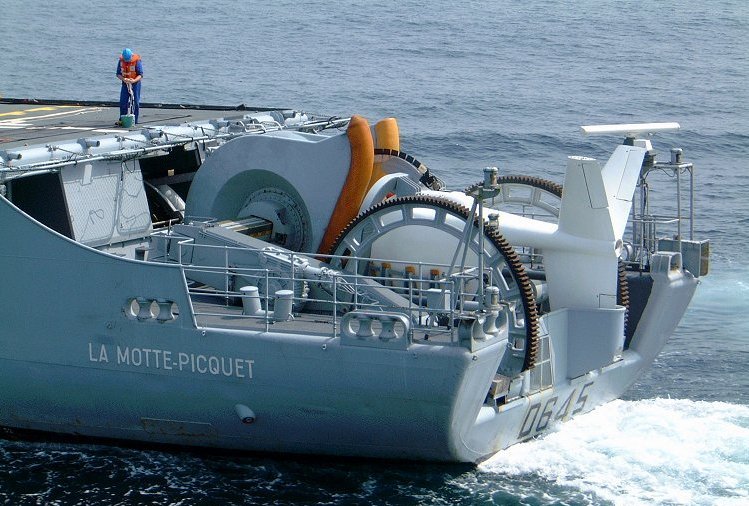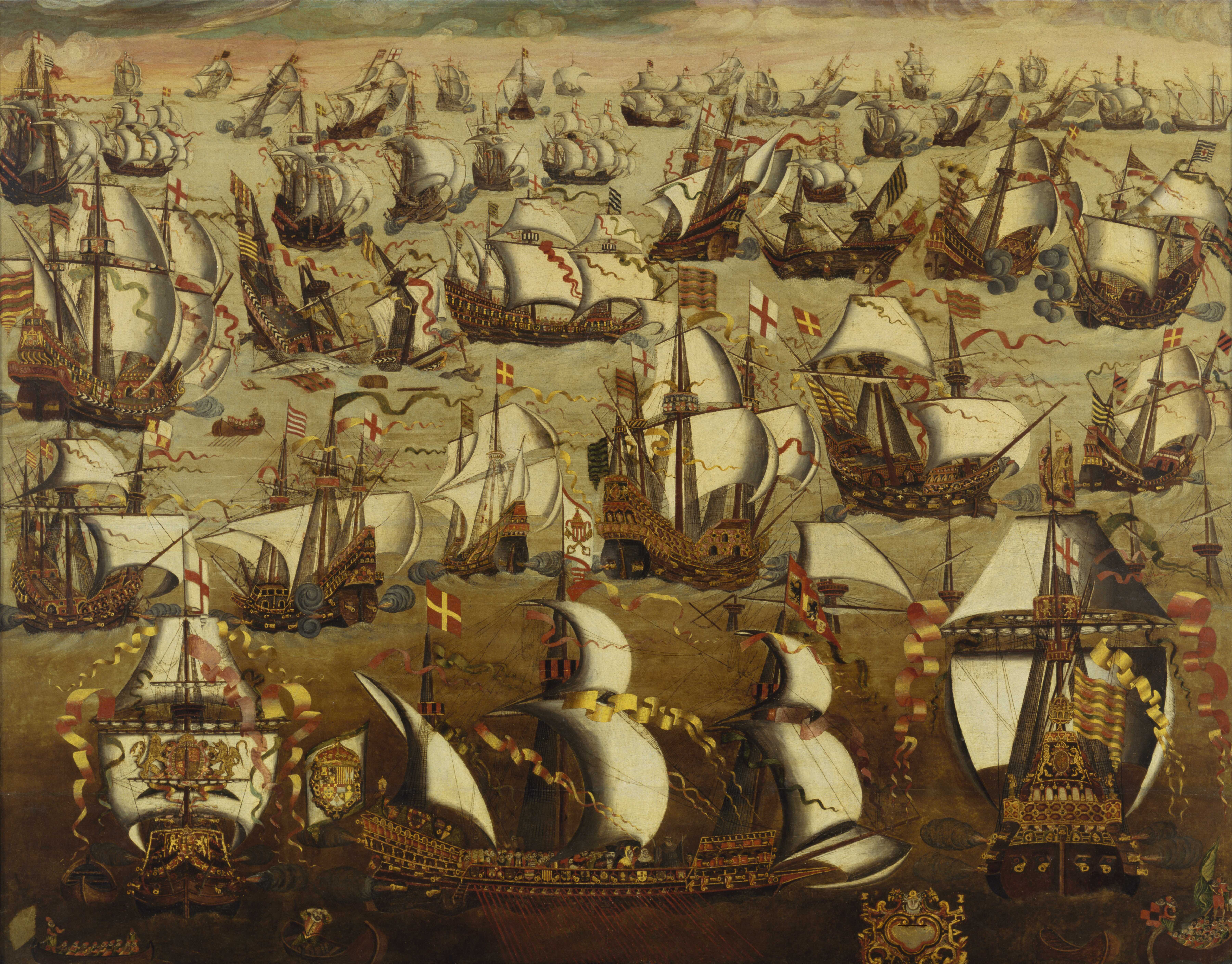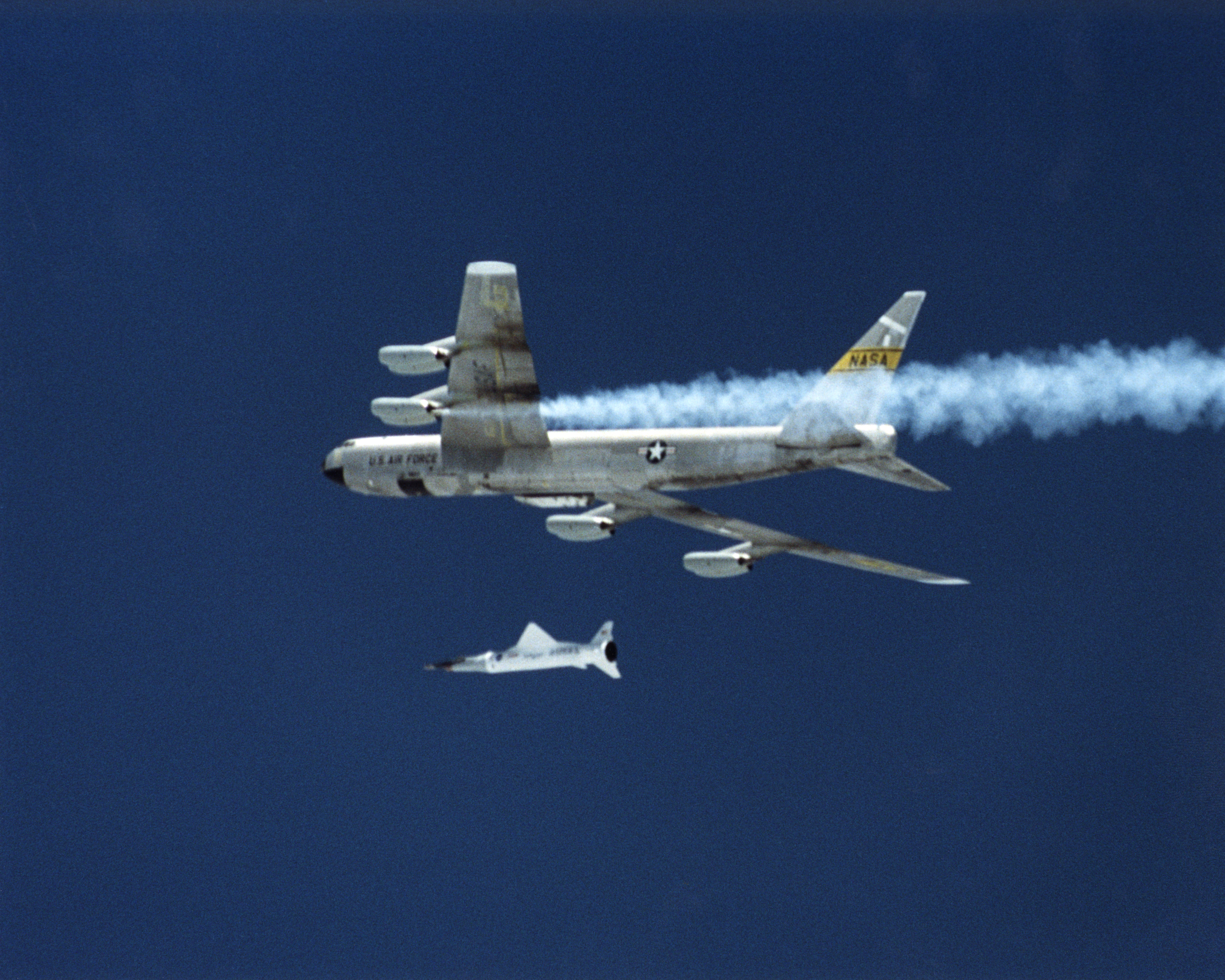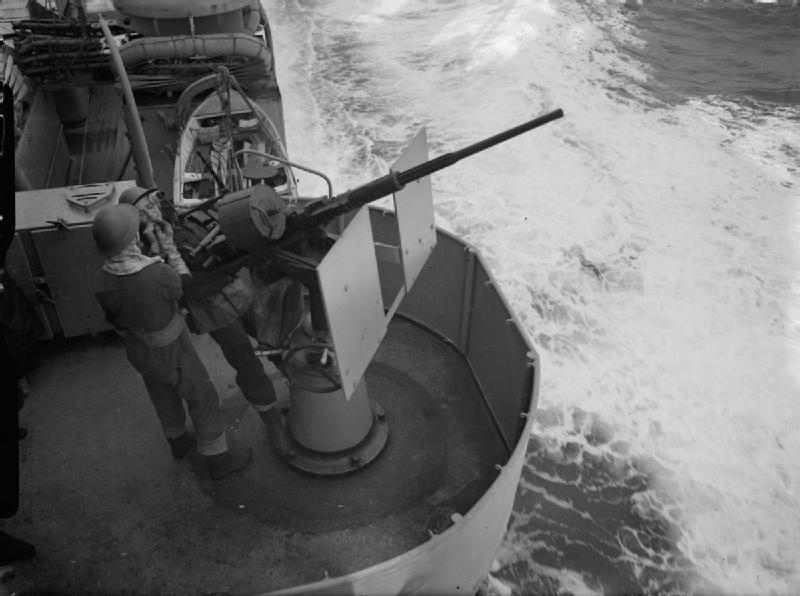|
HMC ML Q050
HMC ''ML Q050'' was the first of a series of wooden Canadian-built Fairmile B Motor Launch (ML) boats delivered to the Royal Canadian Navy (RCN) on 18 November 1941. Originally designed for the Royal Navy by W.J. Holt of the British Admiralty and built by British boatbuilder Fairmile Marine, during the Second World War 80 Fairmile B motor launches were built in Canada for service with the Coastal Forces of the RCN. Design Built of double mahogany (diagonally) with an eight-inch oak keel and based on a line of destroyer hulls, the Fairmiles arrived in prefabricated kits to be assembled for the RCN by 13 different boatyards. In contrast to the British built boats, the Canadian Fairmiles were narrower, had a greater draught, and were slightly more powerful giving the Canadian boats a two knot speed advantage over the British boats. With a fuel capacity of 2,320 gallons of 87 octane gasoline, the early Fairmiles (Q050 to Q111) were powered by two 650 hp engines, could re ... [...More Info...] [...Related Items...] OR: [Wikipedia] [Google] [Baidu] |
Canadian Fairmile B Motor Launch
The Canadian Fairmile B was a motor launch built during the Second World War for the Royal Canadian Navy. They were adaptations of the British Fairmile B motor launch design incorporating slight modifications for Canadian climatic and operational conditions. Eighty-eight were built in Canada for service with the Coastal Forces of the Royal Canadian Navy in home waters, of which eight were supplied to the United States Navy. They were known by their crews as "The Little Ships", "Little Fighting Ships", "Q-Boats", "MLs" or "Holy Rollers" (due to their violent pitching and tossing), History In the spring of 1940 Canada's Naval Staff realized that the Royal Canadian Navy (RCN) needed more vessels equipped with ASDIC sets for anti-submarine patrols in the St. Lawrence River and Pacific Coast. Learning "that the Admiralty was planning to build Type "B" Fairmile motor launches for such work in British waters", the RCN began to investigate the comparative advantages of building a ... [...More Info...] [...Related Items...] OR: [Wikipedia] [Google] [Baidu] |
ASDIC
Sonar (sound navigation and ranging or sonic navigation and ranging) is a technique that uses sound propagation (usually underwater, as in submarine navigation) to navigate, measure distances (ranging), communicate with or detect objects on or under the surface of the water, such as other vessels. "Sonar" can refer to one of two types of technology: ''passive'' sonar means listening for the sound made by vessels; ''active'' sonar means emitting pulses of sounds and listening for echoes. Sonar may be used as a means of acoustic location and of measurement of the echo characteristics of "targets" in the water. Acoustic location in air was used before the introduction of radar. Sonar may also be used for robot navigation, and SODAR (an upward-looking in-air sonar) is used for atmospheric investigations. The term ''sonar'' is also used for the equipment used to generate and receive the sound. The acoustic frequencies used in sonar systems vary from very low (infrasonic) to extre ... [...More Info...] [...Related Items...] OR: [Wikipedia] [Google] [Baidu] |
Depth Charge
A depth charge is an anti-submarine warfare (ASW) weapon. It is intended to destroy a submarine by being dropped into the water nearby and detonating, subjecting the target to a powerful and destructive hydraulic shock. Most depth charges use high explosive charges and a fuze set to detonate the charge, typically at a specific depth. Depth charges can be dropped by ships, patrol aircraft, and helicopters. Depth charges were developed during World War I, and were one of the first viable methods of attacking a submarine underwater. They were widely used in World War I and World War II, and remained part of the anti-submarine arsenals of many navies during the Cold War, during which they were supplemented, and later largely replaced, by anti-submarine homing torpedoes. A depth charge fitted with a nuclear warhead is also known as a " nuclear depth bomb". These were designed to be dropped from a patrol plane or deployed by an anti-submarine missile from a surface ship, or a ... [...More Info...] [...Related Items...] OR: [Wikipedia] [Google] [Baidu] |
Fairmile B Motor Launch
The Fairmile Type-B motor launch was a type of motor launch (often referred to as MLs) built by British boatbuilder Fairmile Marine and others during the Second World War for the Royal Navy for coastal operations. Design While the Type A had been designed entirely by Fairmile, the Type B design had come from Bill Holt of the Admiralty based on the lines of a destroyer hull and the detailed design and production was taken on by Fairmile. Like all their designs it was based on total prefabrication so individual components could be contracted out to small factories for production and these arranged as kits that would be delivered to various boatyards for assembly and fitting out. Altogether approximately 650 boats were built between 1940 and 1945. Like the A Type, the B Type were initially intended as submarine chasers, so the boats were fitted with ASDIC (sonar) as standard. Their main armament initially reflected their anti-submarine focus, with 12 depth charges, a single QF ... [...More Info...] [...Related Items...] OR: [Wikipedia] [Google] [Baidu] |
Marine Industries
Marine Industries Limited (MIL) was a Canadian ship building, hydro-electric and rail car manufacturing company, in Sorel-Tracy, Quebec, with a shipyard located on the Richelieu river about 1 km from the St. Lawrence River. It employed up to 8,500 people during the World War II support effort. Opened in 1937 by the Simard family after taking over the smaller Manseau Shipyard, the yards early contracts were tugs and coastal tankers used on the Great Lakes and Canada's Atlantic coast. In the 1940s, MIL built 11 British Corvettes, beginning a growth as one of the most significant exporter of ships in Canada's shipbuilding history, with exports to Britain, France, USA, Venezuela, Greece, Holland, Indonesia, Cuba and Poland. This required a major modernisation of the yard in the early 1960s plus the growth of a significant in-house design capacity to create what became known as MARINDUS designs, from which 45 ships were built of 9 unique designs for coasters, fishing vessel ... [...More Info...] [...Related Items...] OR: [Wikipedia] [Google] [Baidu] |
Royal Canadian Naval Volunteer Reserve
The Royal Canadian Navy Volunteer Reserve (RCNVR) was a naval reserve force of the Royal Canadian Navy, which replaced the Royal Navy Canadian Volunteer Reserve (RNCVR). Foundation The RCNVR was created in 1923. The organization was established by Rear-Admiral Walter Hose in a time when the Navy was under drastic budget cuts. Hose saw the establishment of a reserve force as a great way for the fledgling Canadian Navy to build support from coast to coast. Thus he established Naval Reserve Divisions in every major Canadian city. The initial authorized strength of the RCNVR was 1,000 all ranks. Fifteen Canadian cities were earmarked for a division. Most were to be of “Half-Company” strength, which was 50, all ranks. These cities were Calgary, Charlottetown, Edmonton, Halifax, Hamilton, Ottawa, Prince Rupert, Quebec City, Regina, Saint John, Saskatoon and Vancouver. Three cities were ordered to man to a “Company” strength, which was 100, all ranks. These cities were T ... [...More Info...] [...Related Items...] OR: [Wikipedia] [Google] [Baidu] |
HMCS Sambro
HMCS may refer to: * Her Majesty's Courts Service * His Majesty's Canadian Ship * His Majesty's Colonial Ship, see His Majesty's Ship * Senior Chief Hospital Corpsman, a United States Navy rate * ''Hazardous Material Control System'' (see Workplace Hazardous Materials Information System The Workplace Hazardous Materials Information System (WHMIS; french: links=no, Système d'information sur les matières dangereuses utilisées au travail, SIMDUT) is Canada's national workplace hazard communication standard. The key elements of t ...) * HMC Investment Securities * Molybdenum cofactor sulfurtransferase, an enzyme {{disambig ... [...More Info...] [...Related Items...] OR: [Wikipedia] [Google] [Baidu] |
White Ensign
The White Ensign, at one time called the St George's Ensign due to the simultaneous existence of a cross-less version of the flag, is an ensign worn on British Royal Navy ships and shore establishments. It consists of a red St George's Cross on a white field, identical to the Flag of England, flag of England except with the Union Flag in the upper canton. The White Ensign is also worn by yachts of members of the Royal Yacht Squadron and by ships of Trinity House escorting Monarchy of the United Kingdom, the reigning monarch. In addition to the United Kingdom, several other nations have variants of the White Ensign with their own national flags in the canton, with the St George's Cross sometimes being replaced by a naval badge omitting the cross altogether. Yachts of the Royal Irish Yacht Club wear a white ensign with an Irish tricolour in the first quadrant and defaced by the crowned harp from the Heraldic Badge of Ireland. The Flag of the British Antarctic Territory and the Co ... [...More Info...] [...Related Items...] OR: [Wikipedia] [Google] [Baidu] |
HMCS Provider (1942)
HMCS ''Provider'' was a Fairmile depot ship constructed for the Royal Canadian Navy during World War II. Commissioned in December 1942, ''Provider'' served as a base ship in the Caribbean Sea, in Quebec and at Halifax, Nova Scotia. Following the war, the vessel was sold into commercial service and converted into a tanker in 1946. The ship re-entered service in 1947 and was renamed ''Maruba''. The ship sailed under this name until 1956, when it was sold and renamed ''Olaya''. Renamed ''Orgenos'' the same year, the tanker was acquired by the Peruvian Navy in 1960. In 1961, ''Orgenus'' was sold for scrap and broken up in Peru. The ship's registry was not deleted until 1992. Description ''Provider'' was an long overall and between perpendiculars with a beam of and a draught of . The ship had a displacement of , a gross register tonnage (GRT) of 2,367 tons and a deadweight tonnage (DWT) of 3,455 tons. The vessel was powered by diesel engines turning two screws wit ... [...More Info...] [...Related Items...] OR: [Wikipedia] [Google] [Baidu] |
HMCS Preserver (1941)
HMCS ''Preserver'' was a depot ship of the Coastal Forces of the Royal Canadian Navy during World War II. Commissioned in July 1942, ''Preserver'' supported Canadian Fairmile B motor launches in Canadian and Newfoundland waters during the war. The ship was sold to the Peruvian Navy in 1946 and renamed the vessel ''Mariscal Castilla''. Used as a fleet supply ship, ''Mariscal Castilla'' was renamed ''Cabo Blanco'' in 1953. Past 1960, the sources diverge on the fate of the vessel, with most stating that ''Cabo Blanco'' was broken up for scrap, while one states the vessel was sold into commercial service. Renamed ''Cayo Blanco'' and then ''Petronap'' the vessel caught fire and wrecked at San Lorenzo Island near Callao on 20 April 1963. Description ''Preserver'' was long overall and between perpendiculars with a beam of and a draught of . The ship had a displacement of , a gross register tonnage (GRT) of 2,347 tons and a deadweight tonnage (DWT) of 3,455 tons. The ves ... [...More Info...] [...Related Items...] OR: [Wikipedia] [Google] [Baidu] |
Mother Ship
A mother ship, mothership or mother-ship is a large vehicle that leads, serves, or carries other smaller vehicles. A mother ship may be a maritime ship, aircraft, or spacecraft. Examples include bomber aircraft, bombers converted to carry experimental aircraft to altitudes where they can conduct their research (such as the B-52 carrying the X-15), or ships that carry small submarines to an area of ocean to be explored (such as the R/V Atlantis (AGOR-25), Atlantis II carrying the DSV Alvin, Alvin). A mother ship may also be used to recover smaller craft, or go its own way after releasing them. A smaller vessel serving or caring for ''larger'' craft is usually called a tender ship, tender. Etymology In many Languages of Asia, Asian languages, such as Chinese language, Chinese, Japanese language, Japanese, Korean language, Korean and Indonesian language, Indonesian, the word ''mothership'' (, ja, wikt:母艦, 母艦, ko, 모함, id, Kapal induk, literally "mother" + "(wa ... [...More Info...] [...Related Items...] OR: [Wikipedia] [Google] [Baidu] |
Oerlikon 20 Mm Cannon
The Oerlikon 20 mm cannon is a series of autocannons, based on an original German Becker Type M2 20 mm cannon design that appeared very early in World War I. It was widely produced by Oerlikon Contraves and others, with various models employed by both Allied and Axis forces during World War II. Many versions of the cannon are still used today. Blowback-operated models History Origins During World War I, the German industrialist Reinhold Becker developed a 20 mm caliber cannon, known now as the 20 mm Becker using the advanced primer ignition blowback (API blowback) method of operation. This used a 20×70mmRB cartridge and had a cyclic rate of fire of 300 rpm. It was used on a limited scale as an aircraft gun on ''Luftstreitkräfte'' warplanes, and an anti-aircraft gun towards the end of that war. Because the Treaty of Versailles banned further production of such weapons in Germany, the patents and design works were transferred in 1919 to the Swiss firm SEMAG (''Seeb ... [...More Info...] [...Related Items...] OR: [Wikipedia] [Google] [Baidu] |







